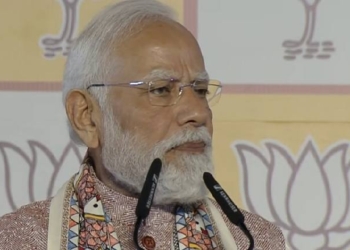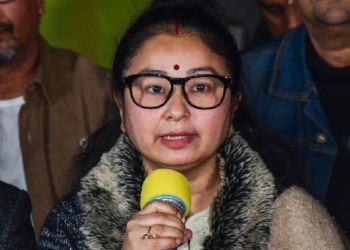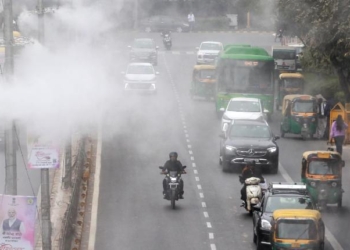New Delhi: The numerous vacancies in Juvenile Justice Boards and Child Welfare Committees are adversely affecting the administration of the juvenile justice system in India, Supreme Court judge Justice S Ravindra Bhat, who is the chairperson of the Supreme Court Committee, said on Saturday.
“Every institution, whether it is Juvenile Justice Board or Child Welfare Committees or any other institution, is running below their strength. Most of them have a large number of vacancies and they are actually debilitating and paralysing the system. Without the full strength of the child welfare committee or the appropriate available coram, the committee is unable to function,” the judge said.
He further said that these institutions would be rendered paper tigers if there is no common protocol that makes it binding for states to appoint members.
“If we are to provide for the protection of children, the first place where rescued children are taken is the CWC. It is the agency of the state in charge of their person, looks after their welfare and ongoing restorative processes. If these committees are not functioning throughout, there will be a breakdown of the system. I want to place this at the center stage.”
Speaking at the inaugural session of the 8th National Annual Stakeholders Consultation on Children in Conflict with Law organised by the Supreme Court Committee on Juvenile Justice and Child Welfare, along with Supreme Court Justice BV Nagarathna, Justice Bhat, also highlighted two aspects of child care within institutions – care while in the institution and care after they leave the institution as an adult.
He pointed out that when a child is in an institution, even for a short term, efforts must be undertaken to facilitate education, counselling, sports, and life skill education.
“Much would depend on the education capsule that a child is given. Sometimes you have children who are staying for six months or a year, and the maximum that a child stays is three years. Much depends on the ability of learning of the child and the gaps the child has faced. Some children are not lettered at all. Do you have bridge courses where they are educated in order to reach a stage where they can be educated further?”
The other challenge is the care to be given to a person exiting an institution as an 18-year-old, Justice Bhat said.
“We have marginal cases where children reach the age of 18 and their world is uncertain, especially for a child who is in a care institution and has seen no parent. When he or she comes out, he is in a void. We don’t know where they go or how they are cared for. I am told that some financial assistance is given. I think it is our duty that whatever resources are available, information is disseminated in the widest possible manner,” the judge said in conclusion.














